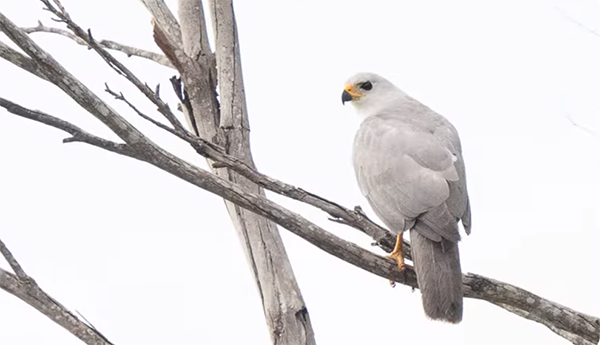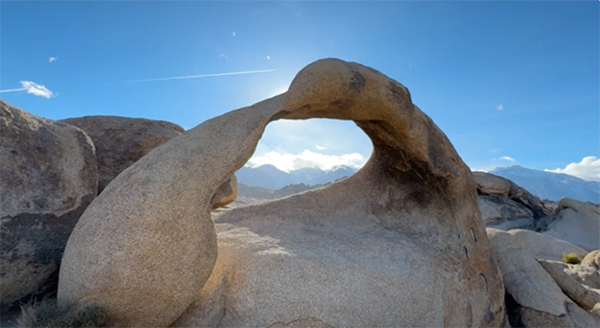Bird photography is both fun and accessible because it’s a genre that anyone than pursue at a nearby park, wildlife refuge, or even in the comfort of their own backyard. Even newbies can get in on the action with dynamic results, as you’ll see in this quick tutorial from the popular Flying Parrot instructional YouTube channel.
Today’s Australian instructor Sonia is a commercial photographer turned wildlife chaser who refers to herself as a “bird tourist.” She’s also a very adept educator whose how-to videos are designed to share creative techniques that quickly inspire confidence in nature shooters of all skill levels.
This tutorial reveals several straightforward secrets for capturing stunning high-key images of our feathered friends. This interesting approach works its magic to produced bright images with little or no shadows for a clean, minimalist effect. It’s not only effective for wildlife imagery, but for portraiture, product photography, fashion imagery, and more.

The trick is to emphasize lighter details with intentional overexposure to minimize distractions and create photos with a dazzling effect. White backgrounds like overcast skies help get the job done by drawing attention to birds within the frame. Thoughtful composition and interesting camera angles go a long way toward fulfilling these goals with whatever equipment you own.
Sonia says she’s particularly fond of this oft-ignored technique because of the unique illustrative quality it can bring to bird photography. As she says, “it’s quite easy to create these high key images. All you need are the right conditions, a little bit of adjustments to your settings, and some straightforward post processing to finish it off.”
She explains everything you need to know in the next six minutes, beginning with the optimum conditions. You’re looking for a dull, overcast day with soft and diffused light that’s “as even and gentle as possible.” Interestingly, this is exactly the type of situation that many of us dread for most types of photography in the field. The next important element is a pale background which is typically the sky, but you can also use sand, water, or even a white building or light-colored trees.

Sona explains the camera settings she recommends for purposefully over-exposing the image in a way that blows out the sky while retaining accurate color and detail in the subject’s feathers. This can be accomplished by employing Exposure Compensation to add one-three stops depending upon the situation at hand.
She demonstrates her editing approach with Lightroom, but just about any post-processing software will work fine. You’ll learn how to eliminate noise and improve images that are still too dark for this particular effect. “The first two steps are trimming back highlights, and then increasing shadows to balance out the light.
There’s much more great advice on the Flying Parrot Photography YouTube channel, especially for inexperienced bird photographers who want to take their skills to the next level.
We also recommend watching a tutorial we featured recently with another outdoor photography expert who explains when and why you should ignore a common rule that often results in predictably uninspired landscape and nature photographs.



